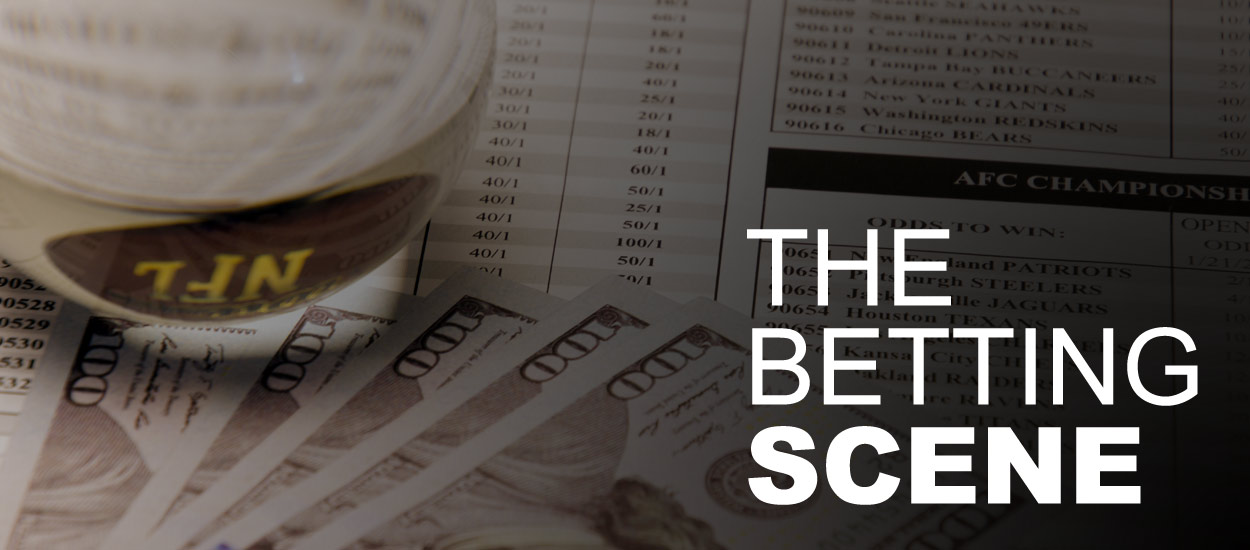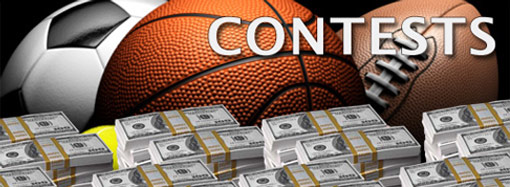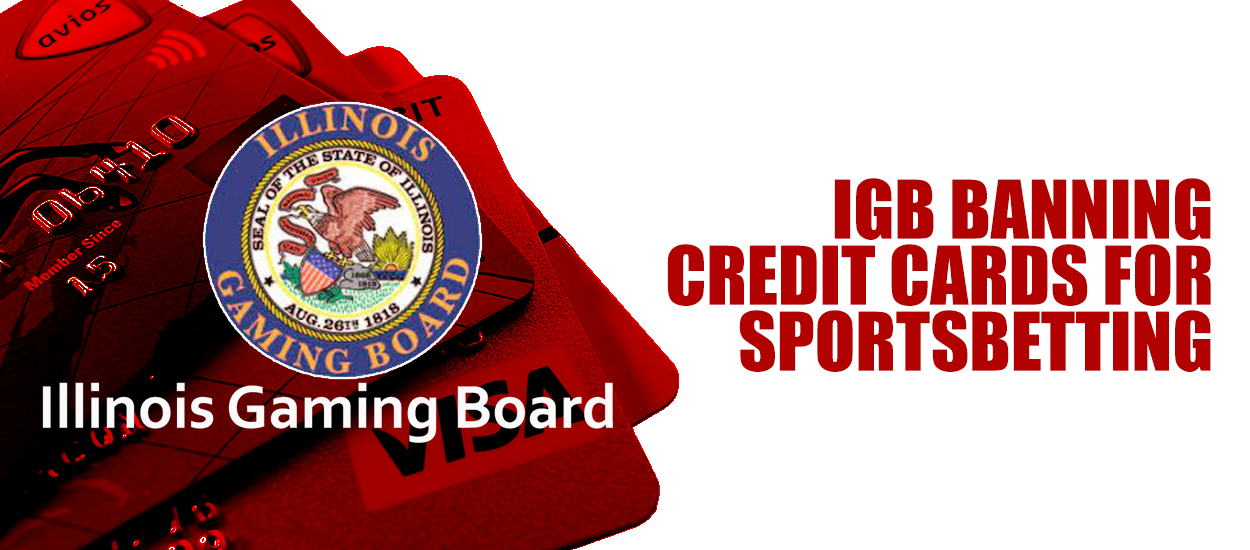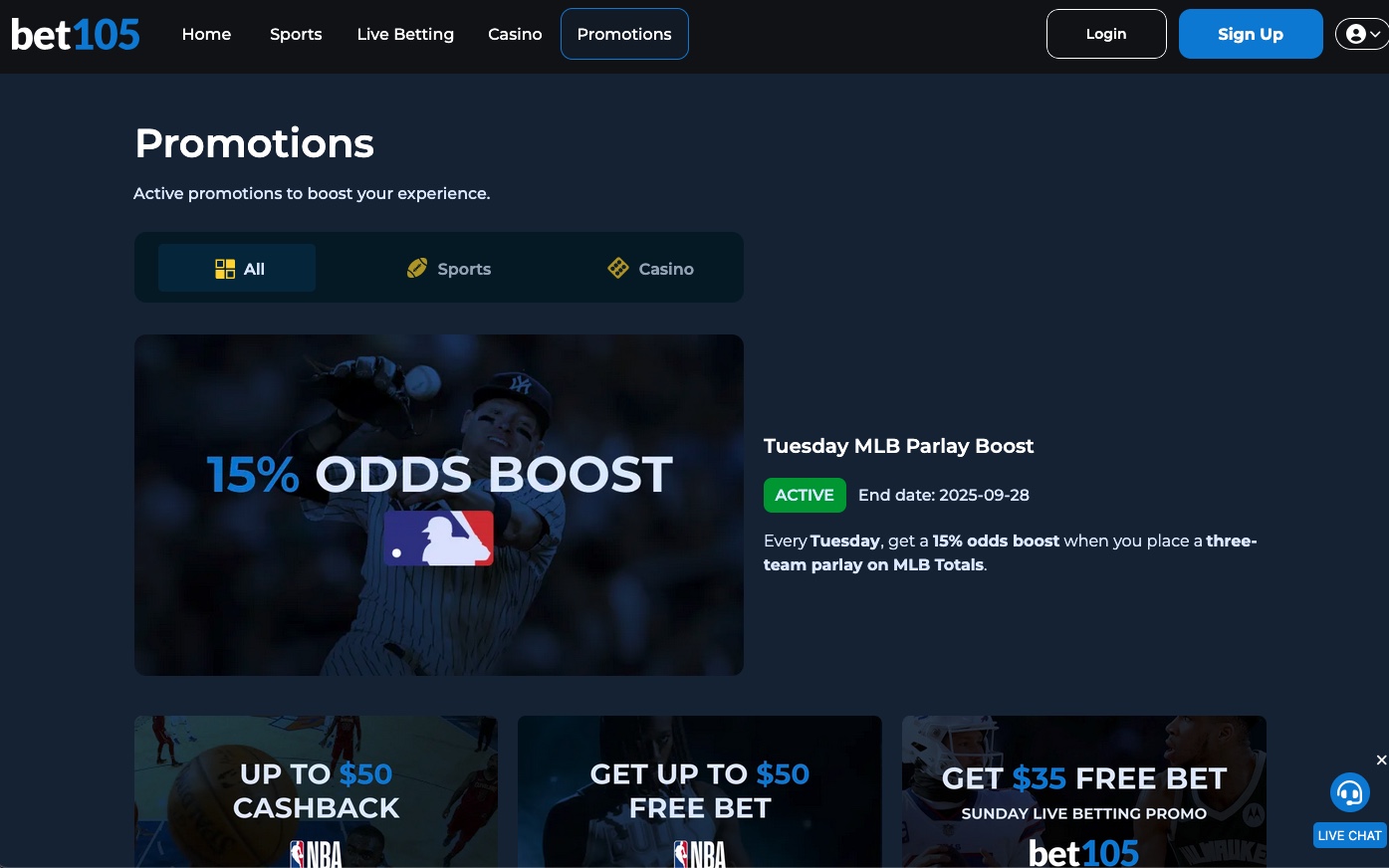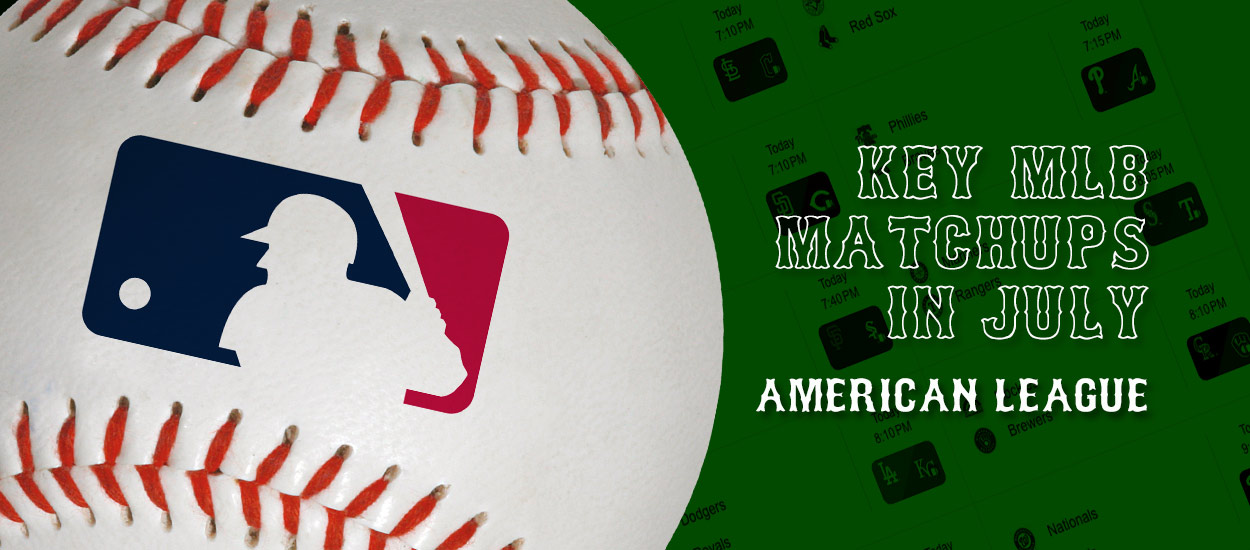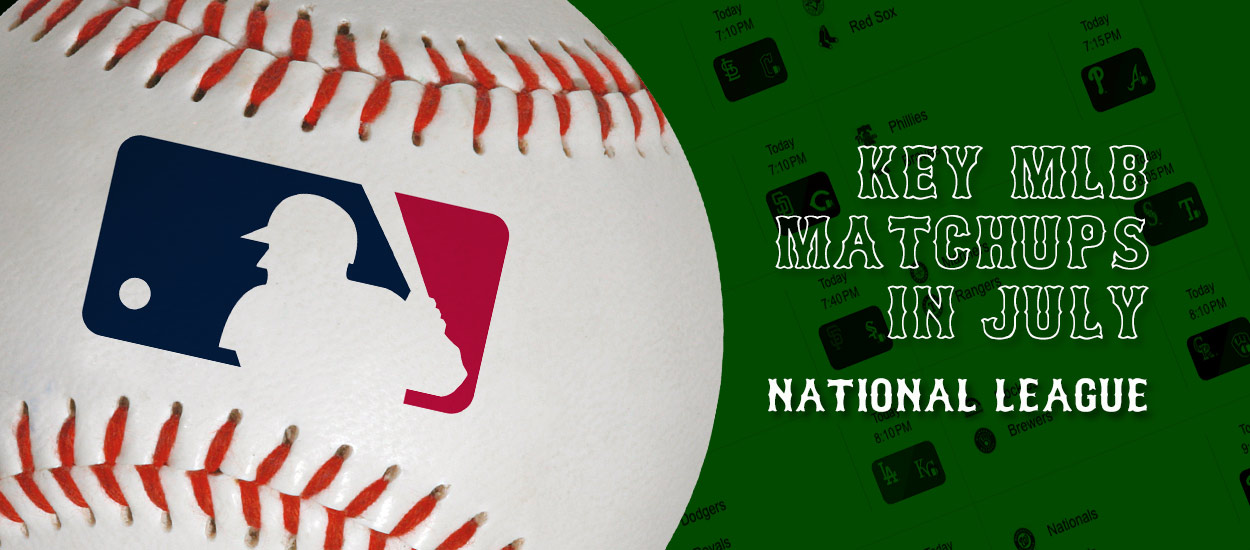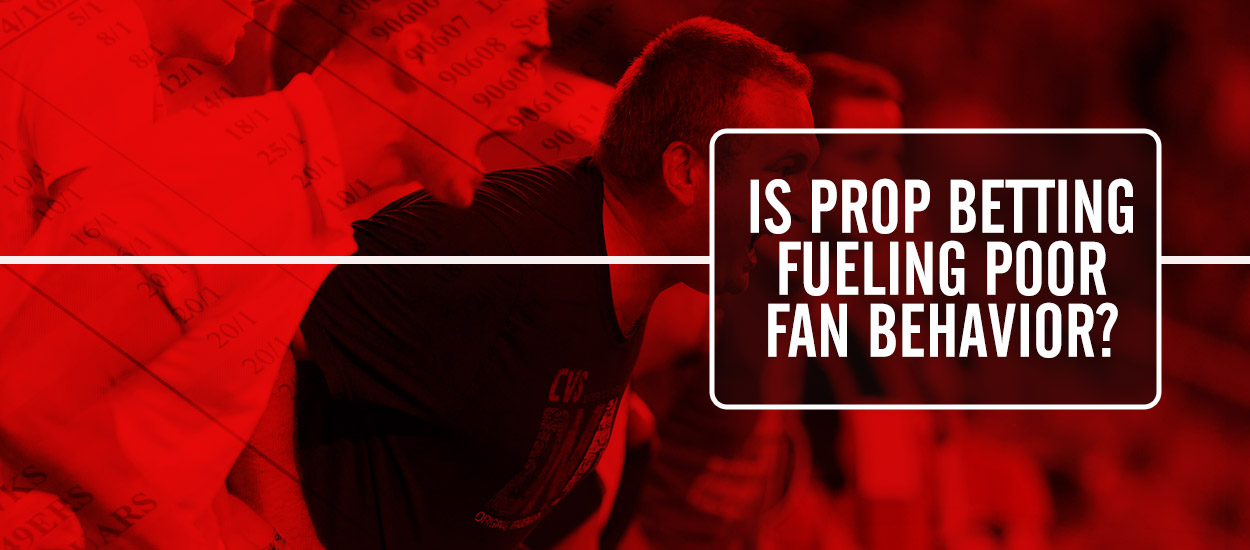Betting primer for some of the odd sports being offered in the U.S. by mainstream sportsbooks
For almost 70 years, the only place to legally bet on sports in the United States was Nevada. At first sports betting was limited to horses, boxing and a few other individual sports, but eventually team sports took over and now football, basketball, baseball, soccer and hockey make up almost all the revenue of any sportsbook in the state. Nevada sportsbooks also take bets on rugby, Australian rules football, auto racing, cycling, tennis, golf and eSports, but they make up just a tiny fraction of the overall betting. Since the repeal of PASPA in 2018, many states have begun legalizing sports betting. As of today, 26 states along with Washington D.C. have some form of legalized sports betting and bills are on the table in almost a dozen other states with five of those states likely to license and regulate it as well.
Bettors checking the offers in each state that currently has licensed and regulated sports betting will see the same sports offered in Nevada, but in many states which have licensed foreign gambling operators such as FanDuel (owned by Flutter Entertainment), Bet365, William Hill and a few others, they will see a lot of sports that are (well) quite foreign to them. I have been asked by a bettor who plays at FanDuel what in the world bandy is and why the company has betting on darts and handball. It seems that these betting companies are using much of the same software and lines they use in Europe and have simply decided to carry forward their European offerings to the new states, and if someone wants to bet on that sport in the U.S., then so be it. Consequently, I decided to put together a quick glossary of eight sports that sports bettors might see on their local betting options, explaining the rules, where it is played and how to bet it. The list is in alphabetical order.
Bandy
Bandy is a popular winter sport played mostly in Europe, with a particular following in Scandinavia and Russia. It includes many aspects of both hockey and soccer. It is played outdoors on a rink about the size of a soccer field. Instead of a puck, however, a small cork filled rubber ball, known as the bandy ball, is used and like both hockey and soccer, the teams are made up of a goaltender, forwards and defensemen. Bandy also includes midfielders, who play in the center of the ice and are involved in both the offense and defense. 11 players are on the ice for each team at a time (including the goalie) and the game is played in two 45 minute halves. Unlike ice hockey, bandy is not a physical game and if there is intentional contact a team will get a penalty. Like soccer, only the goalie is allowed to use their hands or arms to touch the ball. Penalties are assigned for certain infractions, which results in a player getting a blue card and being sent off for 10 minutes, and if the player gets three blue cards they are given a red card and are kicked out of the game. Unlike soccer, players sent off can be substituted for. Most times minor infractions result in teams getting a free stroke (similar to a free kick in soccer), and if the ball goes out of play off a defender's stick, it will result in a corner stroke (similar to a corner kick in soccer). There is also a penalty area and a serious infraction in the penalty area can result in a penalty shot. Bandy nets are larger than hockey nets, but not as large as soccer nets.
Popular bets in bandy are betting on a team to win outright, betting on a draw, handicap bets such as Sweden -1.5 goals, and total points. Like with hockey, many books also post props on individual player performances. Futures bets on major bandy tournaments are also popular.
Bowls
More popularly known as lawn bowling in the U.S., it is often seen as an old person's game in America due to the low exertion required and the older demographic that tends to play it. But, it is quite popular in other parts of the world, particularly Europe and South Asia, where younger players are also involved. As will become clear in this article, games that are more hand-eye coordination rather than physical team sports are popular for betting outside of North America. Some sports books will also offer odds on 10 pin bowling, of which Americans are likely familiar with, even if they never bet on the sport. In fact, ESPN still shows the Professional Bowling Tour matches on TV. In bowls, the objective is to roll a ball on a bowling green towards a small white object called a jack. Players (or in some places teams) will take turns rolling four balls towards the jack and the player with the ball closest to the jack wins. If a player has more then one ball closer than the other player's best ball then they can score multiple points. The player to reach 21 points first is declared the winner.
Betting on bowls is usually only on the player to win a match since it is so specialized.
Darts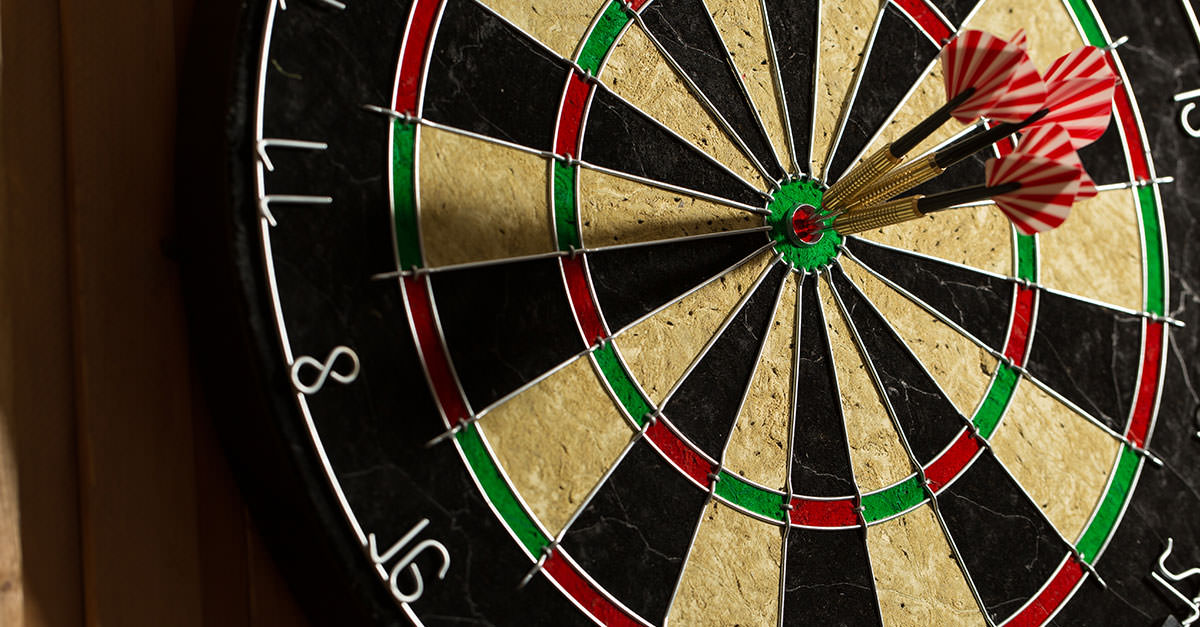 A very popular game with kids and adults throughout the world, the UK is the only place where darts has a professional league and where people bet on the game religiously. Obviously, it's a game of hand-eye coordination and the best players in the Professional Darts Corporation (PDC) can earn the equivalent of several hundred thousands of dollars a year. Michael van Gerwin, the number one darts player in the world, for example, has earned almost $900,000 in the last full year of darts (it was stopped due to Covid for 2020). PDC tournaments are usually played in arenas filled with loud, eccentric and often drunk fans waving banners and cheering their favorite players.
A very popular game with kids and adults throughout the world, the UK is the only place where darts has a professional league and where people bet on the game religiously. Obviously, it's a game of hand-eye coordination and the best players in the Professional Darts Corporation (PDC) can earn the equivalent of several hundred thousands of dollars a year. Michael van Gerwin, the number one darts player in the world, for example, has earned almost $900,000 in the last full year of darts (it was stopped due to Covid for 2020). PDC tournaments are usually played in arenas filled with loud, eccentric and often drunk fans waving banners and cheering their favorite players.
Darts is played with two players trying to be the first to 501 points, with players taking turns tossing three darts each. The first player to reach the score (known as a checkout) wins the game. Although there are different versions of darts, the most common version consists of a player being required to be the first to win 5 games (or a set) and the overall winner is the first to win three sets. To win a game the player must conclude a game with a double score or a bullseye.
Darts betting often includes match winner, handicap betting with one player -1.5 sets, players with the most 180s (3 darts in the triple 20 space), over/under number of 180s by a player, number of 100 checkout games in a match (i.e. the number of times the final game has at least 100 points) and the highest checkout score in a match, (170 is the highest possible checkout score consisting of 2 triple 20s and a bullseye). Futures betting to win tournaments and live in-play betting are also popular in darts betting.
Floorball
More commonly known as floor hockey in the United States, this is a popular game with high school students who often play it as a part of gym class in their schools, but outside North America it is played on a professional level. Most of Europe as well as part of the Americas and Asia take part in floorball tournaments. The game, like regular hockey, is played with five players on each team, along with a goalie. The ball is a lightweight hard plastic ball and the sticks are low to the ground plastic or composite sticks which keep the ball on the floor. Players do not wear protective clothing, goalies do not use facemasks or sticks and there is no physical contact. A minor infraction will result in the referee giving the other team the ball for a free pass or shot, and with more serious infractions it can result in a 2 minute penalty like regular hockey. There are no offsides or icing in floorball.
Betting on floorball usually is limited to game winner, over/under total points, odd or even final score as well as odds to win a whole tournament. It is a popular sport for betting in Sweden, where the game originated, but less so in the rest of the world.
Futsal
A form of indoor soccer, Futsal is the Spanish term for football or soccer. It is especially popular in poorer countries like Latin America and parts of Europe, that cannot afford large soccer stadiums. Unlike indoor soccer, Futsal does not have any walls or boards, so the game doesn't play quite as fast as indoor soccer. The ball also bounces less than indoor soccer and there are only five players per side plus a goalie for each team. Unlike soccer, Futsal doesn't have offsides and defensive players can't pass the ball back to the goalie. Penalties are given for intentional contact, and depending on where the infraction occurs, teams can be given a free kick or a penalty shot. Futsal is often considered a stepping stone for some professional soccer players. Futsal consists of two 20 minute halves.
While Futsal is not a sport offered that often at sportsbooks, books in Europe and Latin America tend to have markets for the major championships and betting usually includes many of the same lines and props you see for soccer such as final result (win, draw), over/under total points, correct score, goal scorer markets and various props. Because games are much higher scoring than soccer, odds on player props such as whether John Doe will score are generally quite low.
Handball
Another sport mostly associated with high school students and gym class in North America, European team handball is quite popular overseas. The sport involves teams playing with 6 players and a goalie on each side and the objective is to pass a ball with the hands and try to throw the ball into the other team's net. The court is about 50% larger than an NBA basketball court. The game is played in two 30 minute halves and by all accounts, the International Handball Federation recognizes 800,000 teams and over 19 million players.
Betting on handball is popular in Europe for the major tournaments and includes odds to win tournaments, odds to win individual matches and over/under total points in individual matches.
Hurling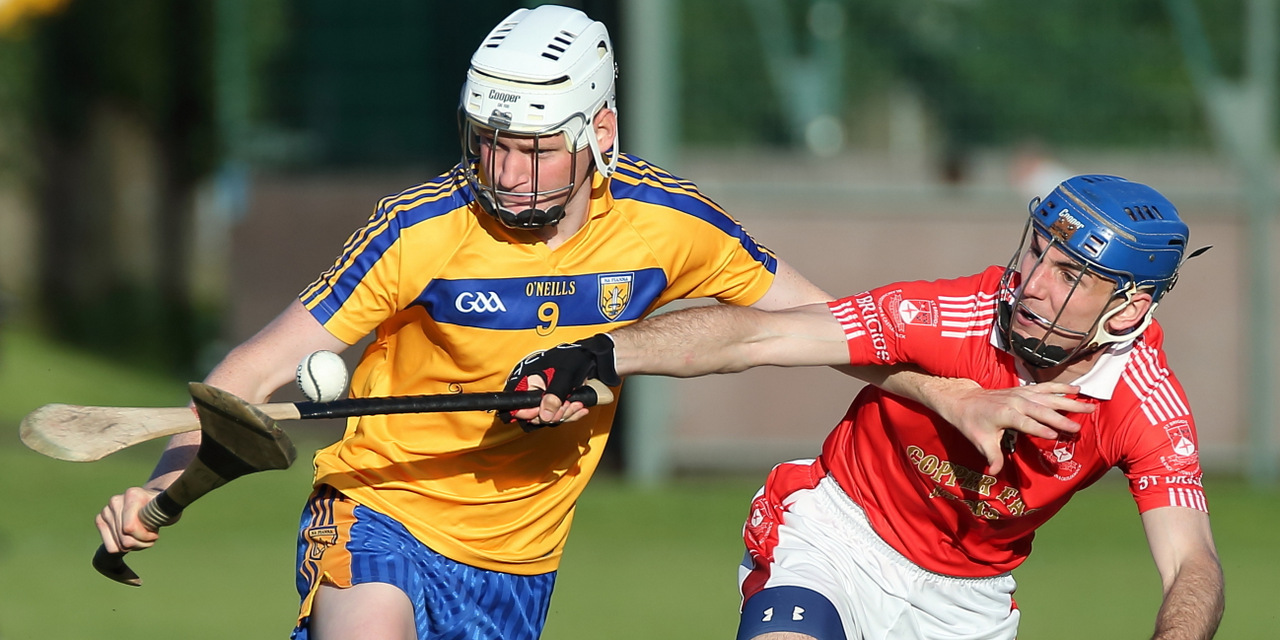 A Gaelic sport, hurling is played by two teams with 15 players on each team, including a goalie. It is played in two halves, usually 30 minutes each, and the objective is to use a flat stick with a curved edge called a hurley to direct a ball called a sliotar past the other team's goal. The goal is T-shaped and if the shot goes over the crossbar and between the posts then a team is awarded 1 point. If the ball goes underneath the crossbar and through the posts then a team is awarded 3 points. Physical contact in an attempt to steal the sliotar from the other team is permitted. In fact hooking is considered a skill, where a player stops another player from taking a shot or making a pass by intercepting the ball as the throwing motion is taking place. The best players who can achieve that skill are known as great hookers, which of course has a completely different meaning in North America.
A Gaelic sport, hurling is played by two teams with 15 players on each team, including a goalie. It is played in two halves, usually 30 minutes each, and the objective is to use a flat stick with a curved edge called a hurley to direct a ball called a sliotar past the other team's goal. The goal is T-shaped and if the shot goes over the crossbar and between the posts then a team is awarded 1 point. If the ball goes underneath the crossbar and through the posts then a team is awarded 3 points. Physical contact in an attempt to steal the sliotar from the other team is permitted. In fact hooking is considered a skill, where a player stops another player from taking a shot or making a pass by intercepting the ball as the throwing motion is taking place. The best players who can achieve that skill are known as great hookers, which of course has a completely different meaning in North America.
Hurling is offered by all UK and Irish bookmakers and bets include almost the same options one would find for soccer like final result, total points, goal scorer markets, etc. But one unique bet for hurling is the total number of 45s or 65s by a team or player, which refers to goals scored from 45 meters and 65 meters out after a penalty awards a player a free chance at scoring.
Snooker
Both snooker and pool are games that are popular everywhere, although the majority of betting in billiards is on snooker. Pool with variations like 8 ball and 9 ball requires players to sink all their colored or striped balls before sinking the 8 ball in regular pool, and in 9 ball, it requires players taking turns trying to sink 9 balls in numerical order, and the player who sinks the 9 ball first wins. Snooker consists of a white cue ball, 15 red balls and 7 colored balls worth a score of 1 to 7 based on the color. A red ball is the lowest color worth 1 point and the black ball is the highest color worth 7 points. The key is to sink a red ball with the cue ball, followed by a colored ball, followed by a red ball, etc. The player with the highest score at the end of the game wins a frame and the first player to win 5 frames is the match winner. When the cue ball is trapped behind a colored ball but a red ball must be sunk next, the player is said to be "snookered", hence the name. Pool and snooker are very popular in the U.S., although billiards halls have been closing in recent years and have been closing even faster because of the pandemic. Most Americans likely know the names Minnesota Fats and Willie Mosconi and possibly saw either The Hustler or The Color of Money in theaters. The World Snooker Championship has a prize pool of almost $3 million US with £500,000 or about $650,000 USD going to the winner.
Despite Americans being familiar with snooker, chances are that few U.S. bettors have ever seen odds on snooker or would know how to bet it. The vast majority of bets in the UK are on the World Championships and bets include odds to win the tournament, stage of elimination, score after four completed frames, whether either player will win three straight frames, nationality of the winner, highest break in the match, total number of breaks that score 50 or more and whether there will be a 147. A 147 is the maximum score in billiards and is accomplished by sinking 15 red balls followed by 15 black balls (for a total score of 120) and then sinking the remaining colored balls for an additional 27 points. Naturally this can only be accomplished if no balls fall on the break.
So, the next time you are logged into your favorite mainstream sportsbook, take a look at all that is offered. Hopefully, after reading this primer, at the the betting options will make some sense now.
Read insights from Hartley Henderson every week here at OSGA and check out Hartley's RUMOR MILL!







